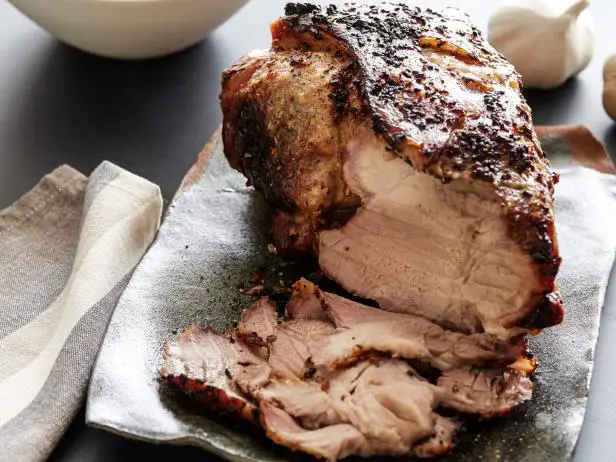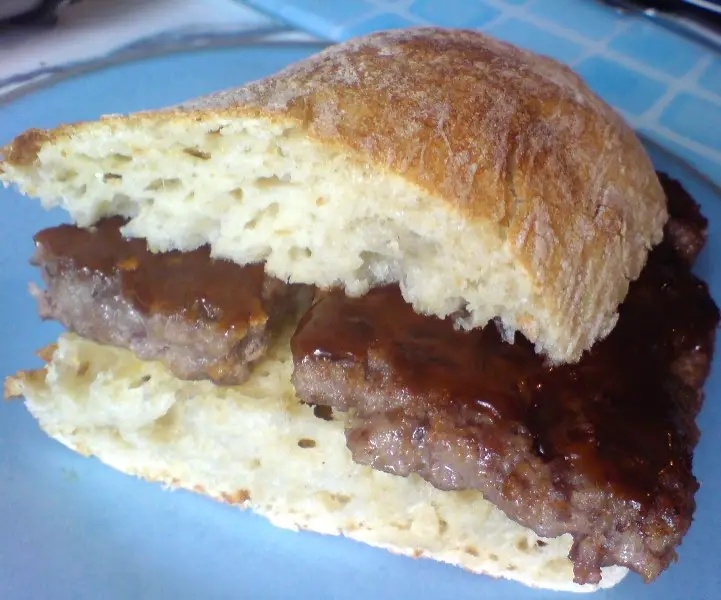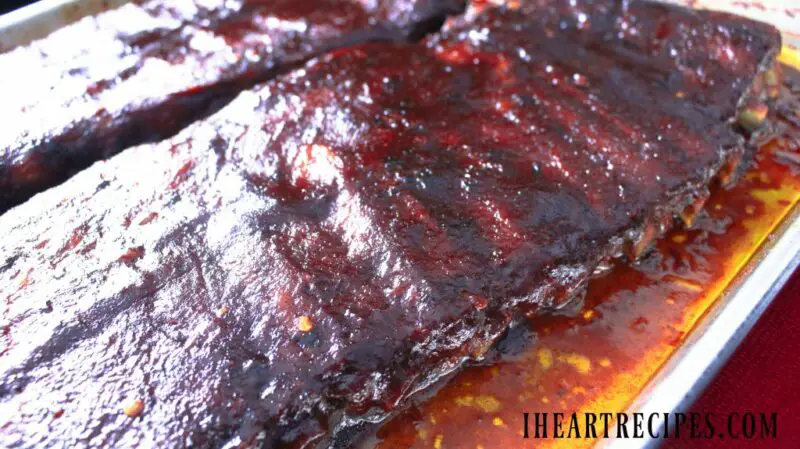When cooking pasta, it’s common to wonder how much it will weigh after it’s been cooked. According to various sources, pasta can increase in weight by 2 to 2.5 times its original weight after cooking, with an average increase of 2.25 times. This increase is due to the absorption of water during the cooking process. By knowing this average, you can estimate the weight of 100g of uncooked pasta when it’s cooked.
Key Takeaways:
- After cooking, pasta can weigh 2 to 2.5 times its original weight.
- Average increase in pasta weight after cooking is about 2.25 times.
- The increase in weight is due to the absorption of water during cooking.
- Knowing the average increase helps estimate the weight of 100g of uncooked pasta when cooked.
Pasta Weight Before and After Cooking
When it comes to cooking pasta, one question that often arises is how the weight of pasta changes before and after it is cooked. The weight of pasta can undergo significant changes during the cooking process, primarily due to the absorption of water. Different shapes and types of pasta absorb varying amounts of water, resulting in different weight increases.
On average, pasta can increase in weight by 2 to 2.5 times its original weight after being cooked. For example, if you start with 100g of uncooked pasta, it can weigh around 225g after it has been cooked. However, it is important to note that the exact increase in weight can vary depending on the specific type and shape of the pasta.
To illustrate this, let’s take a look at the following table, which demonstrates the weight changes of different types of pasta:
| Type of Pasta | Uncooked Weight (100g) | Cooked Weight (Approx.) |
|---|---|---|
| Spaghetti | 100g | 225g |
| Fusilli | 100g | 230g |
| Penne | 100g | 220g |
| Macaroni | 100g | 215g |
As you can see, the weight increase can vary slightly depending on the type of pasta. It’s always a good idea to reference specific cooking instructions for the type of pasta you are using to ensure accurate measurements and desired results.
Pasta Weight Conversion: Estimating Cooked Weight from Uncooked Pasta
When it comes to cooking pasta, understanding the weight conversion between uncooked and cooked pasta can be incredibly useful. By knowing how much your pasta will weigh after it’s been cooked, you can adjust recipe measurements, portion sizes, and plan your meals more effectively. To help you with this, we’ve provided a simple method for converting the weight of uncooked pasta to its cooked weight.
Converting Uncooked Pasta to Cooked Pasta Weight
To estimate the weight of your uncooked pasta after it has been cooked, you can use a conversion factor. On average, pasta increases in weight by 2.25 times once it has been cooked. So, to get the cooked weight, simply multiply the weight of the uncooked pasta by 2.25. For example, if you have 100g of uncooked pasta, it would weigh approximately 225g after being cooked.
This conversion factor can be handy when you need to adjust a recipe that calls for a certain amount of cooked pasta or when you want to portion out your pasta servings. By using the average increase factor, you can ensure that you have the correct amount of pasta for your desired cooked weight. It’s important to note that this is just an estimation, and the exact increase may vary slightly depending on the type and shape of the pasta.
Example:
| Uncooked Pasta Weight | Cooked Pasta Weight (Estimated) |
|---|---|
| 100g | 225g |
| 200g | 450g |
| 300g | 675g |
By using this conversion method, you can easily determine the amount of cooked pasta you’ll end up with based on the weight of the uncooked pasta. Whether you’re cooking for yourself or a large group, this knowledge will help you achieve the perfect pasta consistency and portion size.
Converting Cooked Pasta to Uncooked Pasta Weight
When it comes to converting the weight of cooked pasta back to its uncooked weight, there is a simple calculation you can use. Simply divide the weight of the cooked pasta by 2.25. This will give you an estimation of the original uncooked weight of the pasta. For example, if you have 200g of cooked pasta, it would be equivalent to approximately 89g of uncooked pasta. Keep in mind that this is an average calculation, and the exact conversion may vary depending on the specific type of pasta.
It’s important to note that this conversion is an estimate, as the weight of pasta can be influenced by various factors such as the type, shape, and cooking method. Different types of pasta may absorb different amounts of water during cooking, resulting in variations in weight. However, the 2.25 conversion factor provides a good starting point for estimating the uncooked weight based on the cooked weight.
By knowing how to convert cooked pasta back to its uncooked weight, you can easily adjust recipes that call for a specific amount of uncooked pasta. This can be particularly useful when you have leftovers and want to know how much uncooked pasta you initially cooked. Remember to consider factors such as portion sizes and personal preferences when determining the amount of pasta you need to cook.
Table: Conversion of Cooked Pasta to Uncooked Pasta Weight
| Cooked Pasta Weight (g) | Uncooked Pasta Weight (g) |
|---|---|
| 100 | 44 |
| 200 | 89 |
| 300 | 133 |
| 400 | 178 |
| 500 | 222 |
This table provides a quick reference for converting different weights of cooked pasta to their uncooked equivalents. It’s important to remember that these values are approximate and can vary based on the specific type and shape of pasta. Use this table as a general guide, and adjust accordingly based on your particular pasta and cooking method.
Pasta Weight per Person
When it comes to serving pasta, it’s important to consider the appropriate portion sizes to ensure a satisfying meal. The recommended serving size for dry pasta is around 2 ounces (56g) per person in the United States. This amount can yield approximately 225g of cooked pasta. However, it’s essential to note that serving sizes may vary based on personal preferences and cultural differences.
Factors such as appetite levels and dietary requirements can also play a role in determining the ideal pasta serving size per person. While 2 ounces of dry pasta is a standard guideline, some individuals may prefer a smaller or larger portion. It’s always a good idea to adjust the serving size based on individual needs and preferences.
By considering the pasta weight per serving and adapting it to your specific requirements, you can ensure that everyone at the table enjoys a satisfying portion of pasta. Whether it’s a light lunch or a hearty dinner, serving the right amount of pasta is key to creating a balanced and enjoyable meal.
Pasta Weight per Person: A Quick Summary
- The recommended serving size for dry pasta is around 2 ounces (56g) per person.
- This amount can yield approximately 225g of cooked pasta.
- Serving sizes may differ based on personal preferences and cultural differences.
- Consider factors like appetite levels and dietary requirements when determining portion sizes.
Table: Pasta Weight per Person
| Number of People | Dry Pasta Weight | Cooked Pasta Weight |
|---|---|---|
| 1 | 2 ounces (56g) | Approximately 225g |
| 2 | 4 ounces (113g) | Approximately 450g |
| 4 | 8 ounces (226g) | Approximately 900g |
Note: The table above provides a general guideline for pasta weight per person based on the recommended serving size. Adjust the quantities according to personal preferences and the desired serving portions.
Pasta Serving Calculator
When it comes to cooking pasta for a specific number of people, it can sometimes be challenging to determine how much pasta you need. That’s where a pasta serving calculator comes in handy. This tool allows you to easily calculate the amount of uncooked pasta required to serve a desired number of people or achieve a specific weight of cooked pasta.
Using a pasta serving calculator is simple. Just input the number of servings or the total weight of cooked pasta you want, and the calculator will provide you with the quantity of uncooked pasta needed. This ensures that you cook the perfect amount of pasta every time, whether you’re hosting a dinner party or just cooking for yourself.
With the help of a pasta serving calculator, you can eliminate the guesswork and avoid wasting pasta by cooking more than you need. It’s a convenient tool that saves both time and food, allowing you to cook pasta confidently and efficiently.
Example Pasta Serving Calculator:
| Number of Servings | Weight of Cooked Pasta (g) | Uncooked Pasta Quantity Needed (g) |
|---|---|---|
| 2 | 450 | 200 |
| 4 | 900 | 400 |
| 6 | 1350 | 600 |
| 8 | 1800 | 800 |
Please note that the example pasta serving calculator table above is just for illustrative purposes and may not reflect the exact quantities you need for your specific recipe or desired portions. Use a reliable pasta serving calculator to get accurate results based on your specific requirements.
Weight of a Cup of Pasta
If you prefer to measure pasta by volume rather than weight, it’s helpful to know how much a cup of pasta weighs. On average, a cup of uncooked pasta weighs around 200g. However, this can vary depending on the shape and type of pasta. It’s always best to measure pasta by weight for precise cooking and portioning.
Here are some approximations for different types of pasta:
| Type of Pasta | Weight of 1 Cup (Uncooked) |
|---|---|
| Spaghetti | Approximately 200g |
| Penne | Approximately 210g |
| Fettuccine | Approximately 185g |
| Rotini | Approximately 190g |
Keep in mind that these are averages and individual brands or variations may have slightly different weights. To ensure accuracy, it’s recommended to refer to the packaging instructions or use a kitchen scale for precise measurements.
When cooking pasta, it’s important to consider portion sizes for a balanced meal. The recommended serving size for pasta is typically around 2 ounces (56g) per person in the United States. This amount can yield approximately 225g of cooked pasta. However, serving sizes may vary based on personal preferences and cultural differences. Adjust the quantity of uncooked pasta accordingly to meet your desired serving size.
Conclusion and Related Articles
In conclusion, understanding the weight changes that occur when cooking pasta is essential for precise measurements and portioning. On average, pasta can increase in weight by approximately 2.25 times its original weight after being cooked. This factor allows you to estimate the weight of 100g of uncooked pasta when it’s cooked, which is around 225g.
If you need to convert between uncooked and cooked pasta weight, you can use the average increase factor of 2.25. Multiply the weight of the uncooked pasta by this factor to estimate its cooked weight, or divide the weight of the cooked pasta by 2.25 to estimate its uncooked weight. Keep in mind that these calculations are average estimates and can vary depending on the type and shape of the pasta.
For more information and tips on pasta weights, conversions, and serving sizes, we recommend checking out the related articles below. These articles provide comprehensive guides and additional insights into various pasta-related topics, allowing you to enhance your cooking skills and make informed decisions when preparing pasta dishes.
Related articles:
– How to Cook Pasta Perfectly Every Time
– Portion Control: Understanding Pasta Serving Sizes
– Exploring Different Pasta Shapes and Their Cooking Techniques
FAQ
How much does 100g of uncooked pasta weigh when cooked?
On average, 100g of uncooked pasta can weigh around 225g after it’s been cooked.
What causes the weight increase in pasta when cooked?
Pasta absorbs water during the cooking process, which causes it to increase in weight.
How can I convert uncooked pasta weight to cooked pasta weight?
Multiply the weight of the uncooked pasta by 2.25 to estimate its weight after cooking.
How can I convert cooked pasta weight to uncooked pasta weight?
Divide the weight of the cooked pasta by 2.25 to estimate its original uncooked weight.
What is the recommended serving size for pasta?
In the United States, the typical serving recommendation for dry pasta is around 2 ounces (56g) per person, which yields approximately 225g of cooked pasta.
How can I determine the amount of pasta needed to serve a specific number of people?
You can use a pasta serving calculator to input the number of servings or the total weight of cooked pasta desired, and it will provide you with the corresponding quantity of uncooked pasta needed.
How much does a cup of pasta weigh?
On average, a cup of uncooked pasta weighs around 200g, but it can vary depending on the shape and type of pasta.
Where can I find more information and tips on pasta weights?
Check out the related articles mentioned in the post for additional information and tips on various pasta-related topics.




